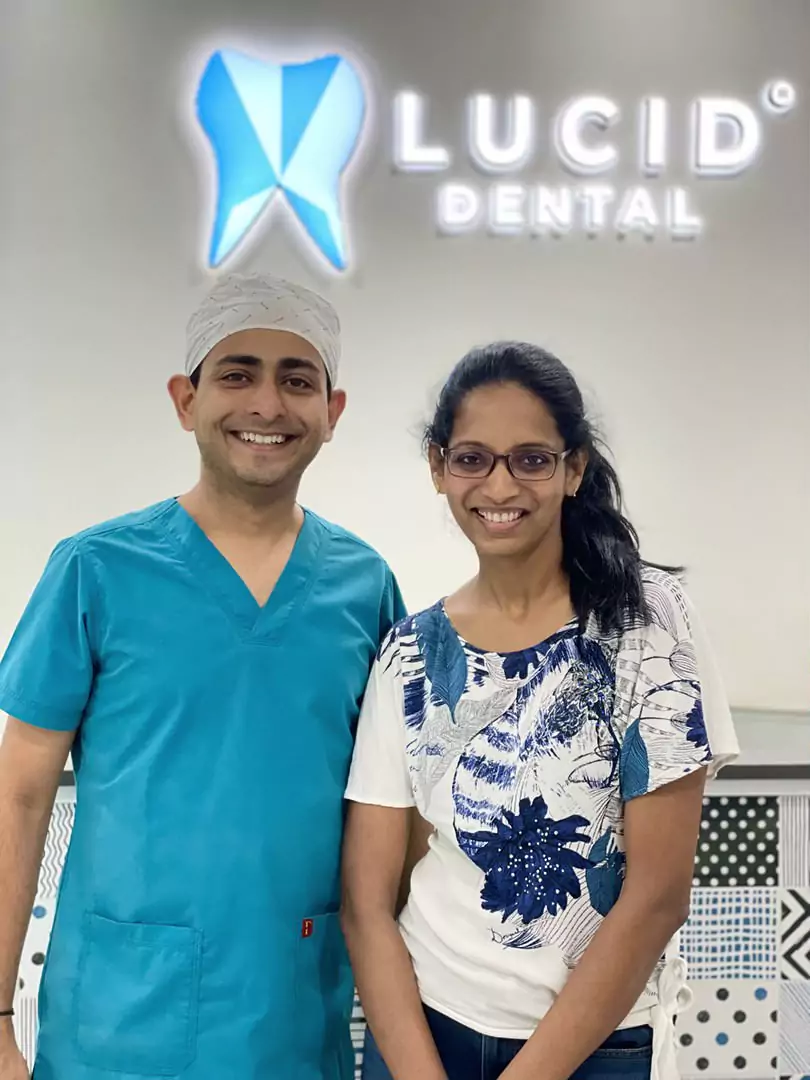Any tooth in the mouth can be divided into two parts, the one which is seen in the mouth which is called as the tooth crown and the one which is present inside the bones and gums, which is called as the tooth roots.
Tooth Crown has 3 layers

Tooth decay starts from the first layer which is the tooth enamel. If not treated in time it affects the second layer which is the tooth dentin, as the second layer is relatively soft so the spread of decay is much faster in this layer. Delaying the treatment will result in spread of the decay to the third layer which is the dental pulp. Pulp tissue is a very soft structure which is present inside the pulp chamber. Decay once reaches this level immediately infects the entire pulp tissue.
At which layer of tooth the decay determines what treatment will be required to treat it. If spread of decay is till the first 2 layers which is either tooth enamel or tooth dentin it can be treated by tooth fillings.
If spread of decay is till the pulp tissue Root canal treatment is performed

Root Canal Treatment is performed when the spread of decay touches the third layer of tooth which is the dental pulp. As this layer which consists of nerve tissue and blood vessels spread of infection at level is very fast. Vary soon entire nerves get infected. If spread of decay/ infection is not treated at this stage then it spreads beyond the tooth.

Nerves and blood vessels present inside the pulp tissue when the tooth is developing inside the jawbone as it helps in providing nutrition of the tooth. Once the tooth is completely grown and is erupted in the mouth adjacent gums and bones provide nutrition to the tooth. At this stage nutrition from the pulp tissue is non-significant.
Even if the pulp tissue is removed, tooth will continue to function the same as it was with the pulp tissue
There are 2 different filling materials used during root canal treatment.
The filling material which is used in the root filling is a synthetic thermoplastic material called as Gutta Percha and the material which is used to seal off the opening in the crown part is composite resin.
Depending on which tooth is root canal treated and what is the size of the top composite filling a tooth crown may or may not be preferred over the tooth.
If it’s a back tooth with a big top filling chances of the filling or part of the tooth to break increases when the tooth comes in function. So to prevent any breakages the tooth can be protected by a having a Dental crown.
If it’s a front tooth with a small top composite filling, where forces on chewing are going to be much less compared to any back tooth, dental crown can be avoided.
Root canal treated teeth can also get decayed if we don’t take care of it. It is like any other normal tooth. Proper brushing and flossing is required around the root canal treated tooth like any other normal tooth to prevent it from decay.
Fit of the dental crown plays a very important role in preventing the tooth from decay. If the dental crown is made precisely and the fit is good there will be no gap between the tooth and the dental crown hence chances of leakage will not be there which will prevent any decay below the tooth crown. Contrary to this if the crown fitting is loose and not precise chances of leakage between the tooth crown and tooth will be high leading to higher chances of tooth decay.
At times when the root canal treatment is not performed properly which may include
The infection inside the pulp tissue never gets cleaned completely. As a result, despite root filling, top filling and dental crown placement, this residual infection can continue to spread and cause pain and swelling in that region immediately after root canal treatment of even years after performing the treatment.
In such scenarios repeat root canal treatment is indicated. During repeat root canal treatment Dental crowns and the fillings from the tooth are removed. The nerve chamber and root canals are thoroughly cleaned and disinfected again making sure cleaning the entire space of infection and disinfecting it. Once adequate cleaning and disinfection is achieved fillings are done again and the dental crown is placed back.
Root Canal Treatment, commonly called RCT not only helps to save the natural tooth but restores it back to regular functions. If RCT is done in time taking in care of all the measures the treated tooth can survive for years all together.



Call Us
Mail Us

Please feel free to contact us if you have any questions about our services or to schedule an appointment.
